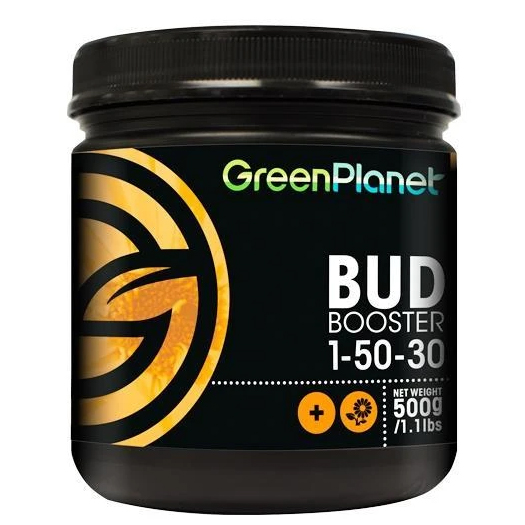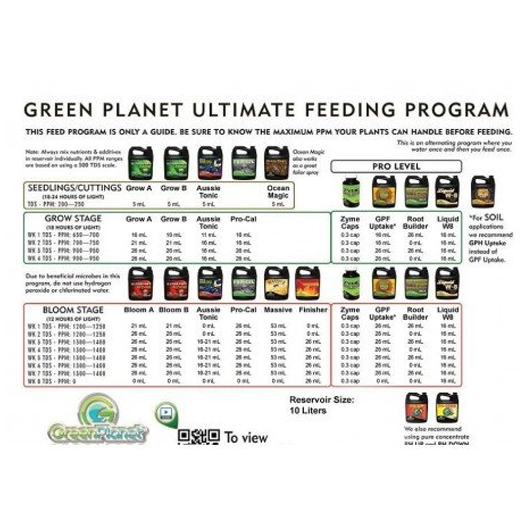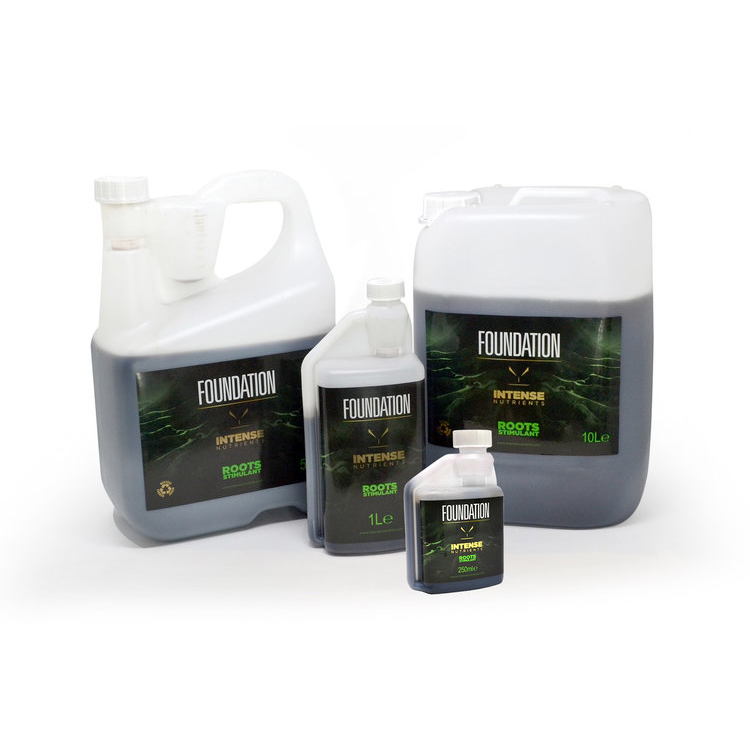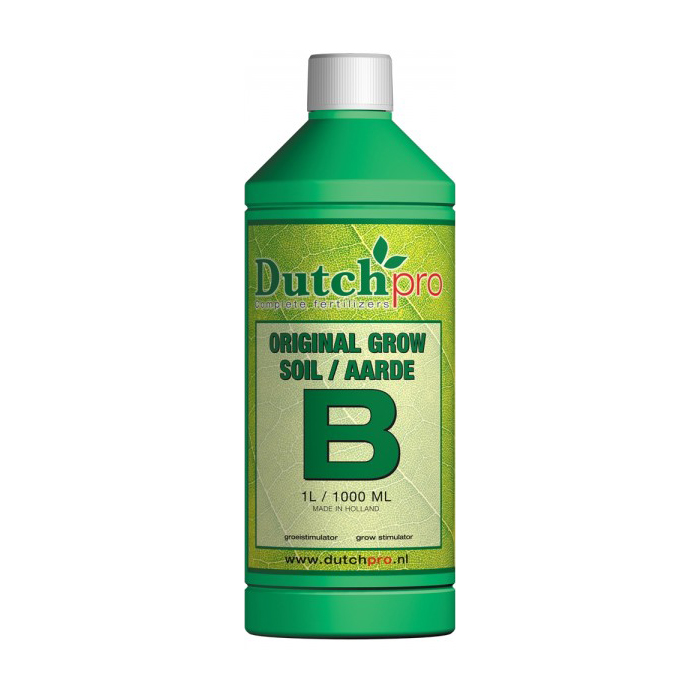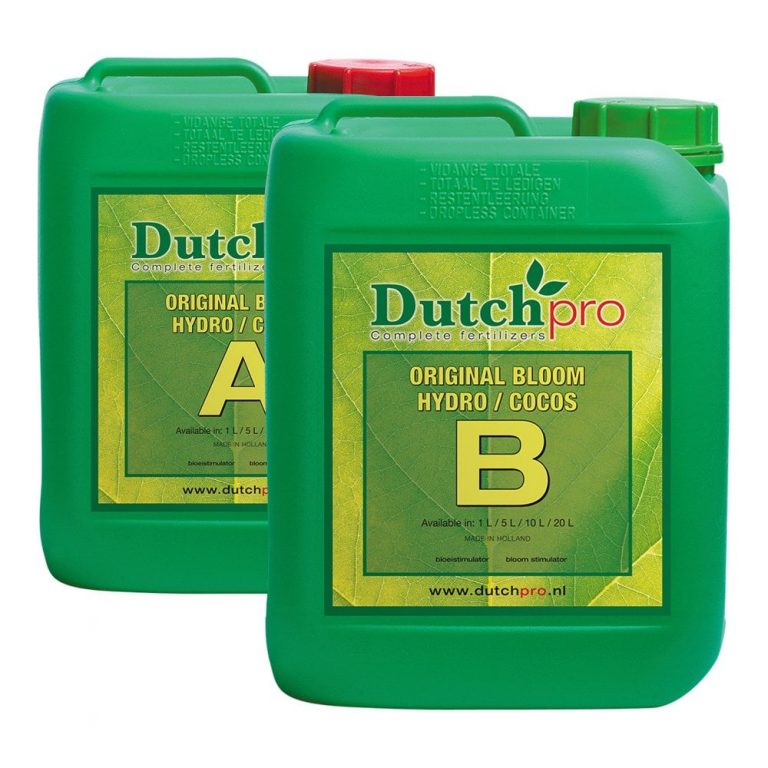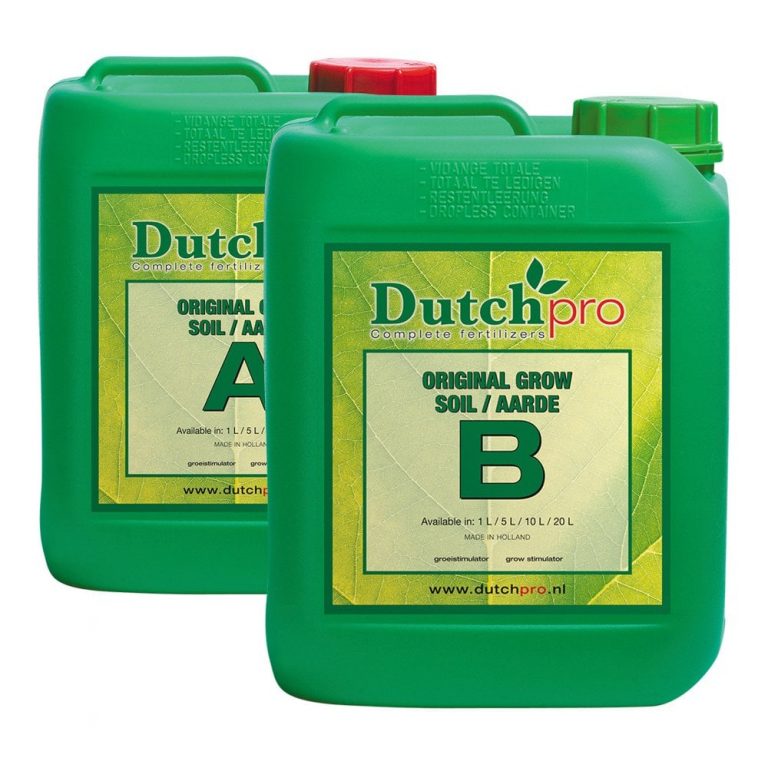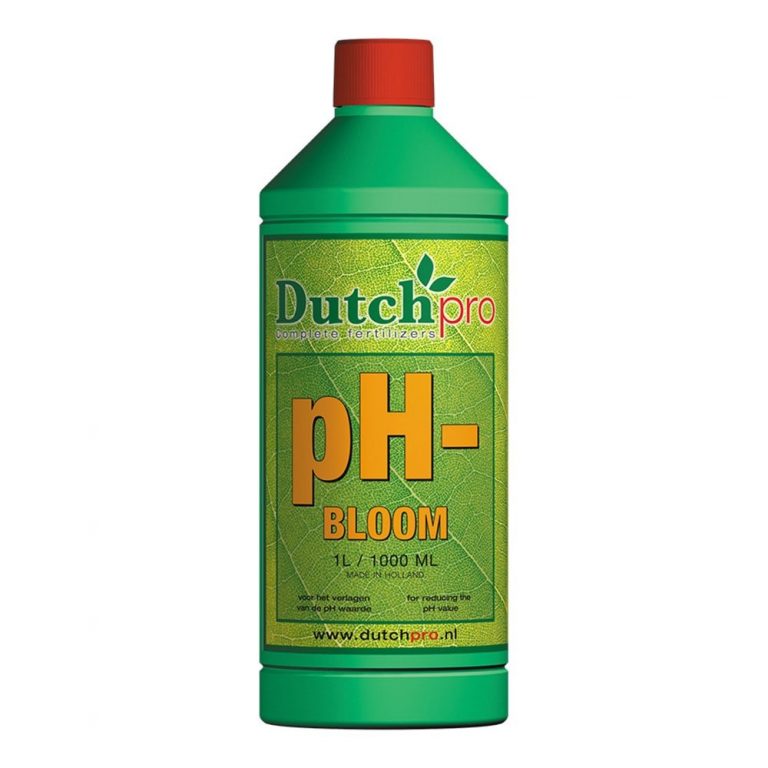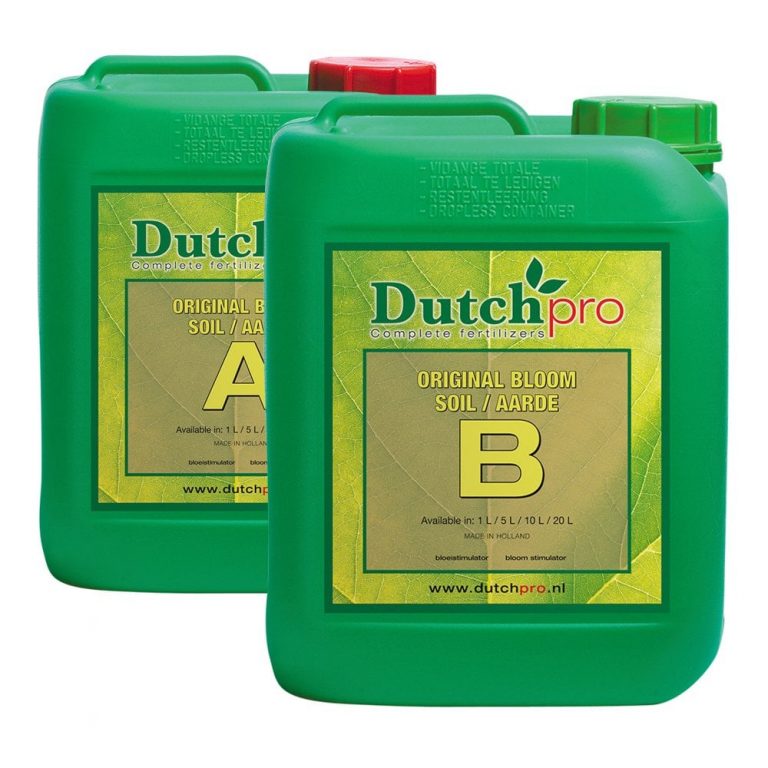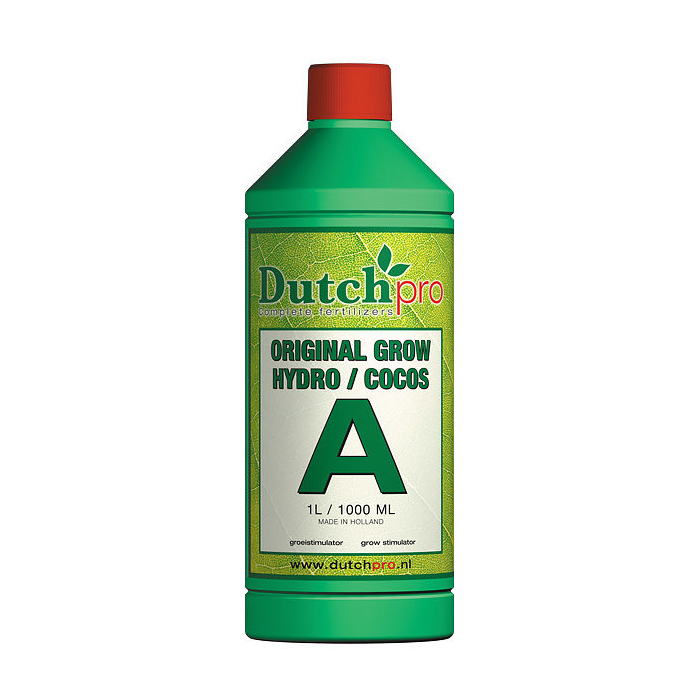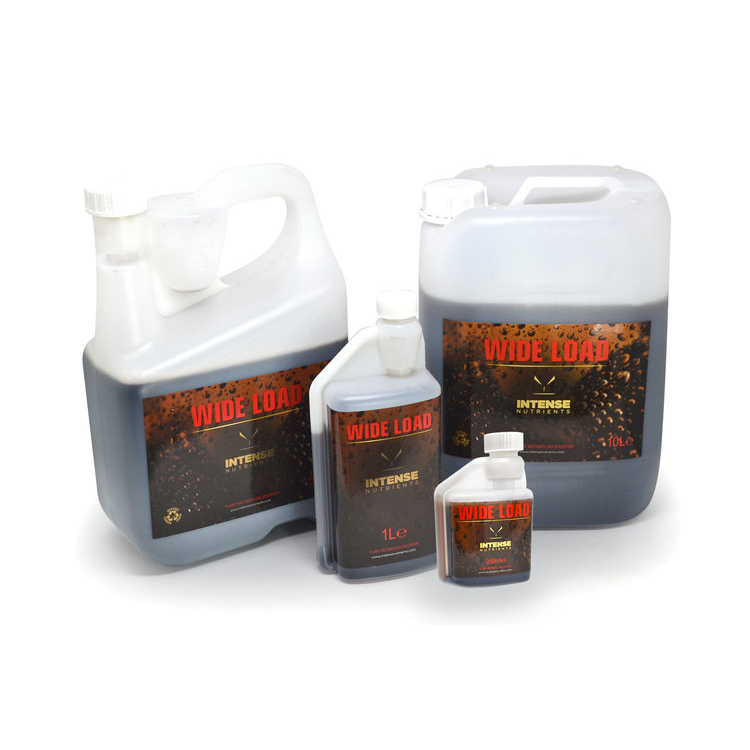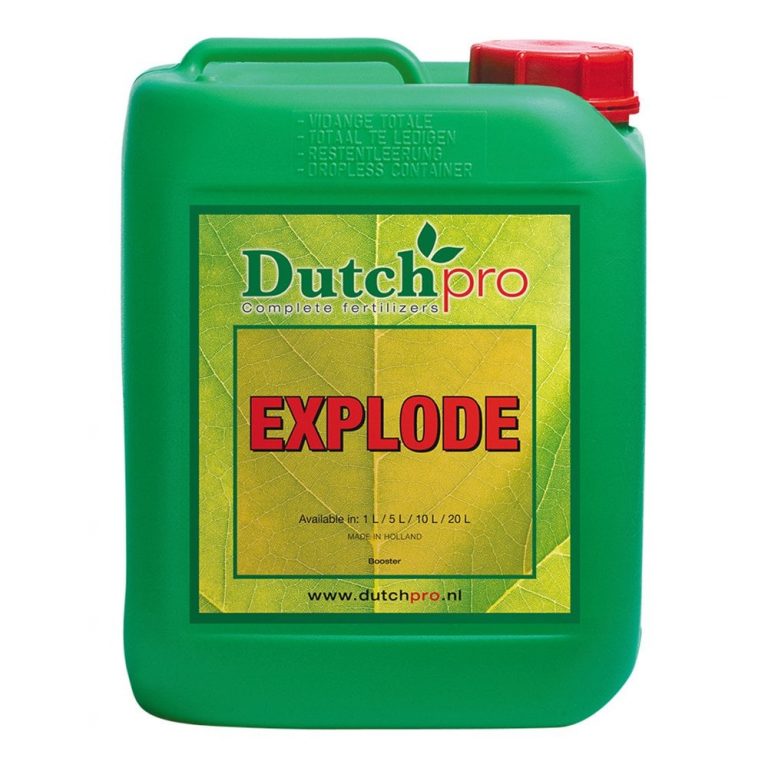Description
Overview
Green Planet Bud Booster is one of the original bloom additives. It starts by stimulating your plants blooming and boosts the plant’s metabolism during the mid-bloom stage, this is due to having a high level of phosphorous meaning your plant will have plenty of energy to photosynthesize.
The potassium will improve the plants starch production giving higher quality, heavier flowers. You will also see an improvement in the armoas of your flowers and harvest bumper crops.
Bud booster simply put is a flower enhancer generally used by entry-level gardeners to achieve a larger heavier crop. This extremely cost-effective product will increase the size and density of flowers using powdered phosphorous and potassium.
How to Use Green Planet Bud Booster
Use from when flowers start to form
3g per 10 litre
Why do I need a PK booster?
PK Boosters are nutrient solutions marketed to gardeners during the flowering phase of production. A typical fertilizer will display prominently on its label the N-P-K content. The “P” represents the macro-nutrient phosphorous and the “K” represents the macro-nutrient potassium. As the name implies, PK booster provide higher amounts of phosphorous and potassium and do not provide nitrogen. Most, but not all growers would contend that nitrogen during the flowering phase will compromise the size or quality of the buds.
Potassium is one of the three primary nutrients that are essential for proper plant growth and development. It is considered a primary nutrient as plants require larger amounts of potassium (along with nitrogen and phosphorus) than any other nutrient.
In plant biology, potassium is responsible for many different functions. Potassium plays a key role in the processes of photosynthesis, the creation of essential plant proteins, and the activation of plant enzymes. In addition, potassium aids in making plants more resistant to cold weather and diseases. Potassium deficiency in plants will generally hinder healthy growth. With severe potassium deficiency, plants can exhibit brown spots, brown veins, yellow edges, or yellowing veins.
However, potassium deficiency in plants can be remedied by adding a potassium-based, or potassium-only fertilizer to the soil the affected plants are grown in. Many growers use potassium-rich fertilizer during the flowering or blooming stage of crop growth; these are sometimes referred to as ‘bloom boosters’.
Phosphorus is the energy element, essential to the chemistry of life. It is part of a molecule called ATP (adenosine tri-phosphate) that serves as the energy currency of plants. Energy from photosynthesis and respiration is temporarily stored in the high-energy phosphate bonds. When the phosphate bonds are broken, energy is released to activate a series of chemical reactions in plants.
If a plant doesn’t receive adequate phosphorus, its energy needs can’t be fully met. The plant’s new growth will be stunted, both at the roots and at the shoots, and as phosphorus deficiency worsens, the plant will eventually shut down and die. An adequate amount of phosphorus is required throughout the entire life cycle of a plant, and lack of available phosphorus is often the limiting factor for plant growth.
Phosphorus is not very mobile in soil. It is easily adsorbed or locked up with other minerals, making it unavailable to plants. Very little plant-available phosphorus is actually dissolved in the soil solution. In fact, adsorbed phosphates on soil particles are often hundreds to thousands of times greater than phosphates in the soil solution. As a plant takes up the phosphates from the soil solution, the adsorbed phosphates slowly take their place, but they are sometimes not fast enough to meet the energy needs of the plants. Plants must have a steady supply of phosphorus from seed to harvest.

